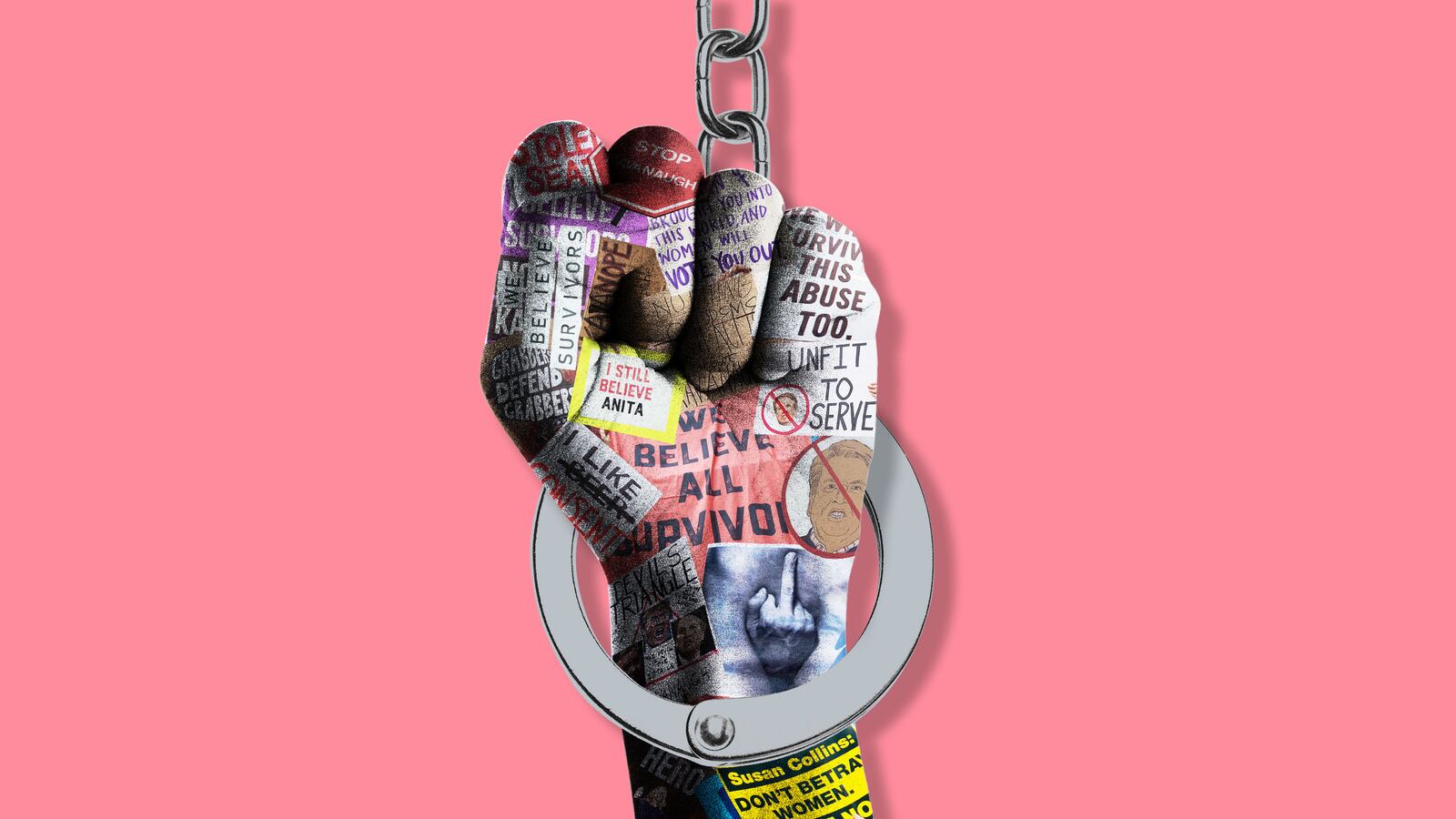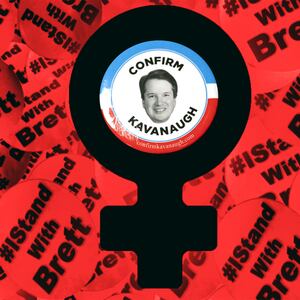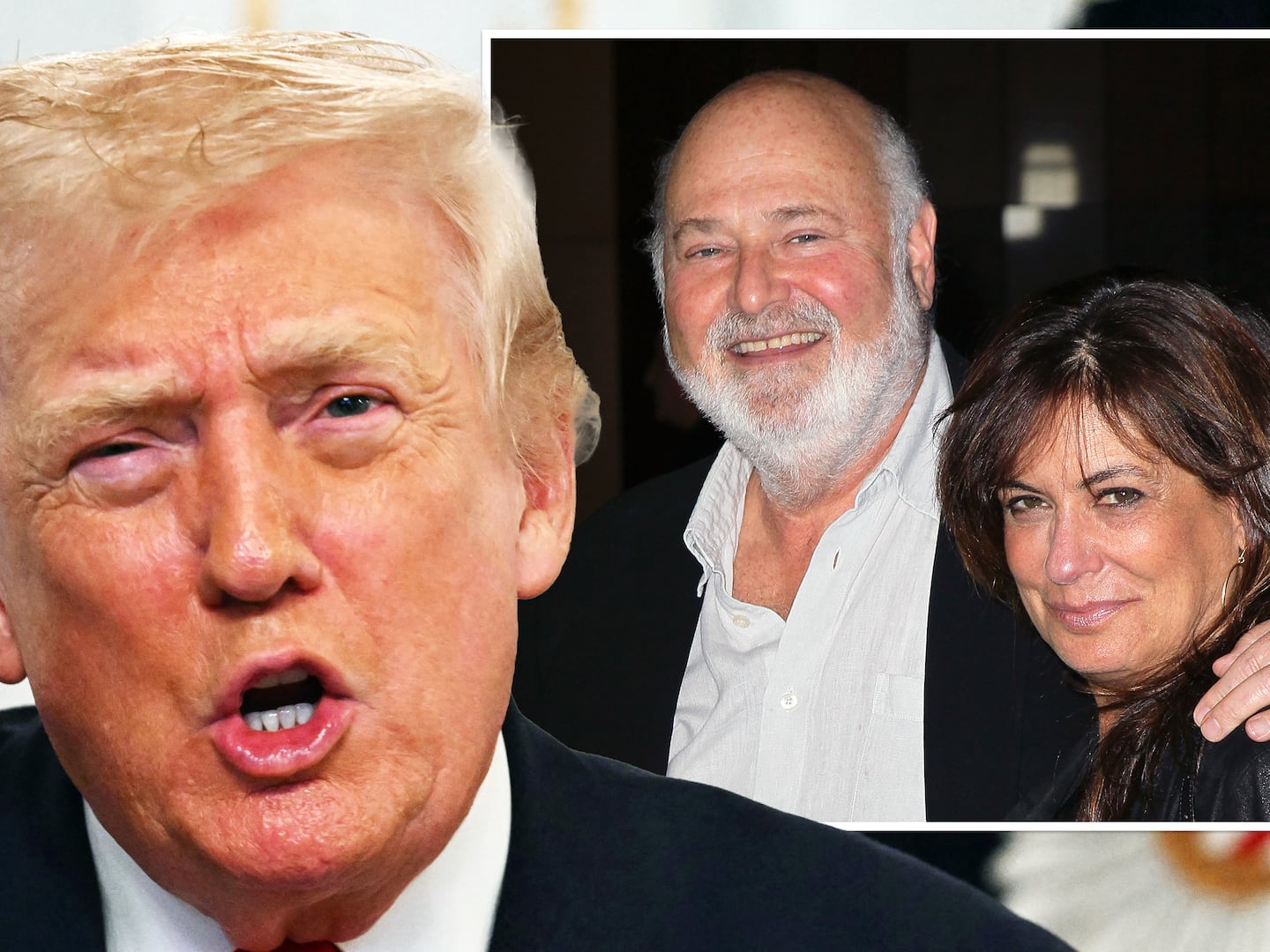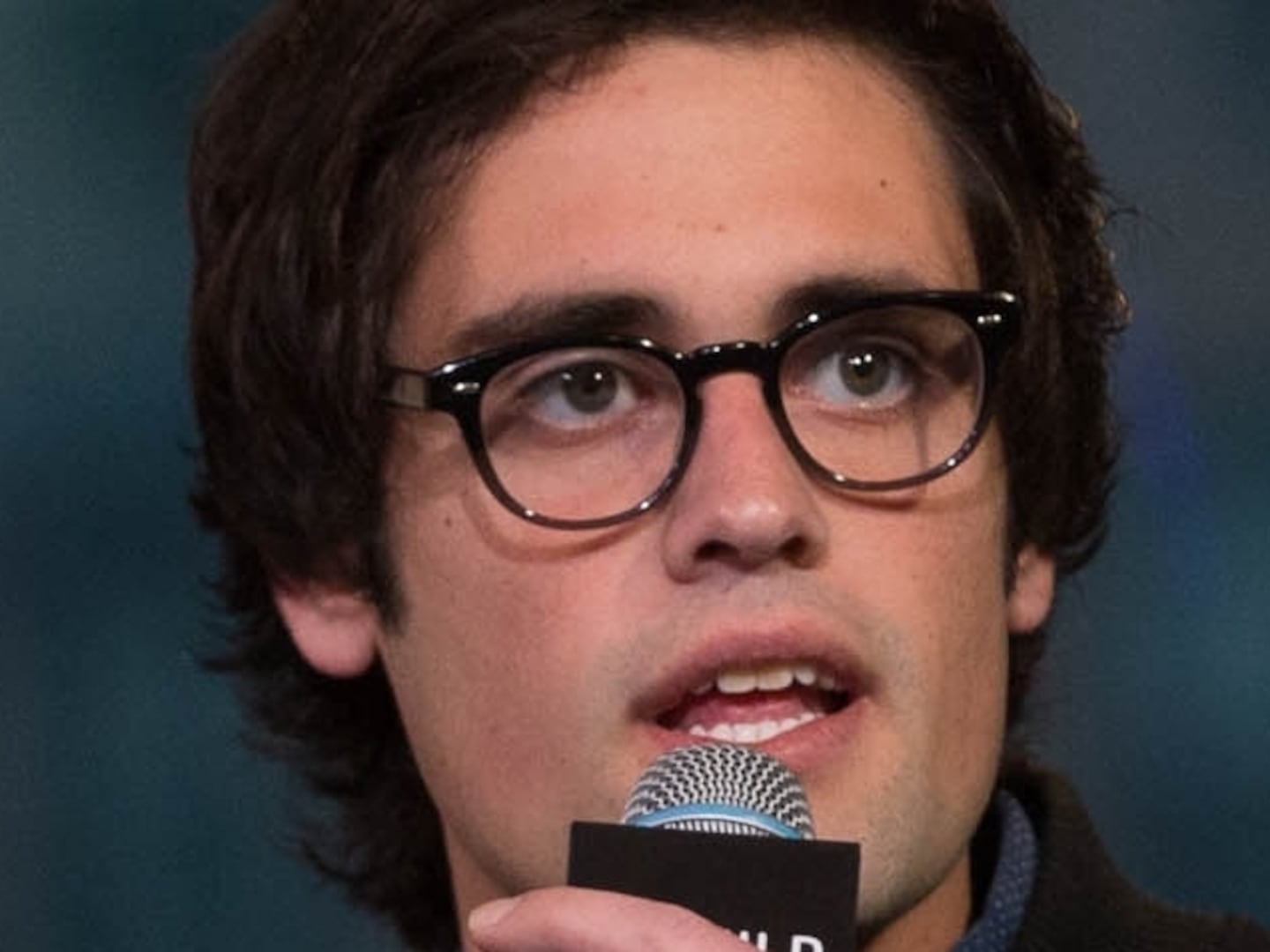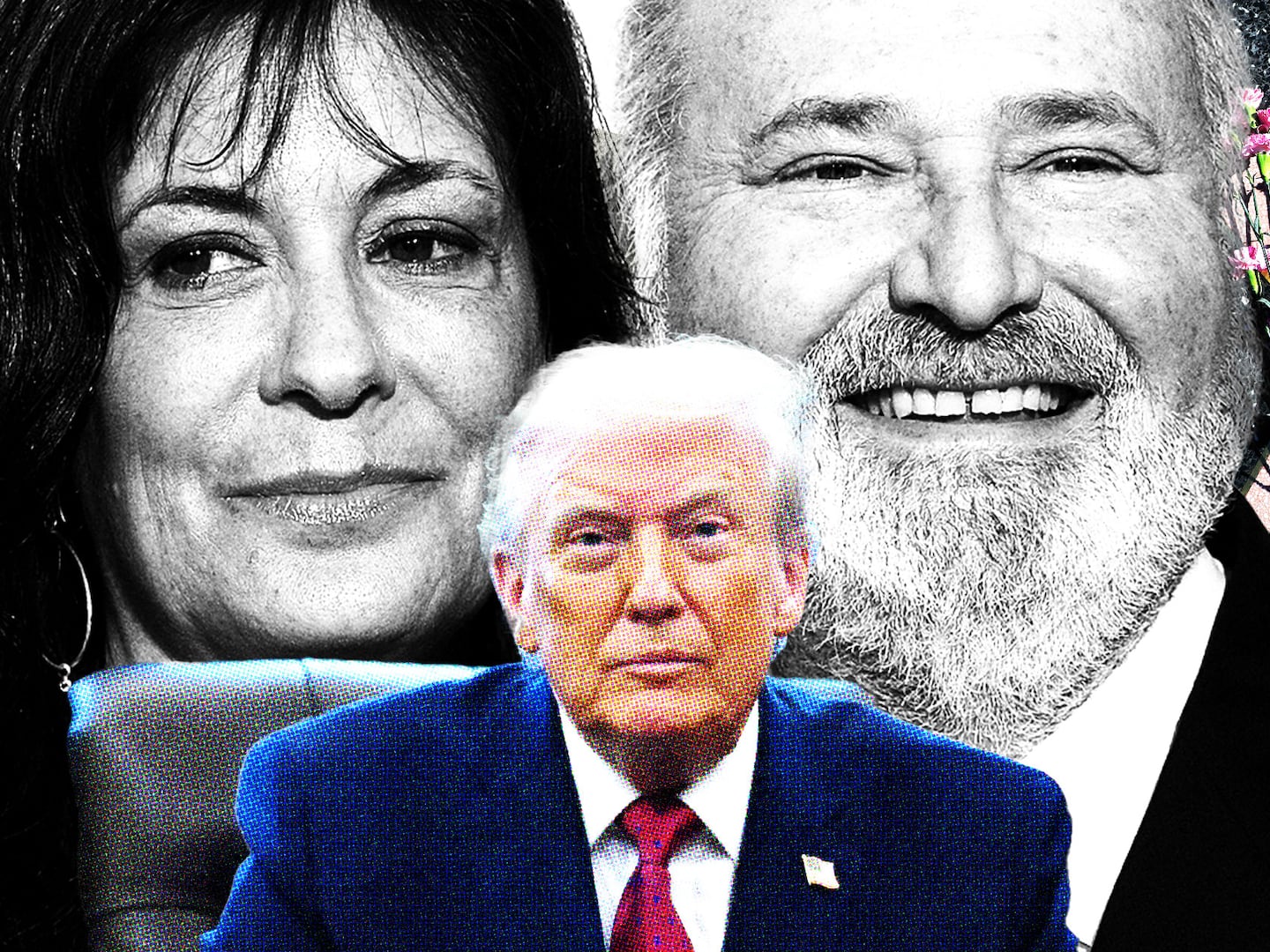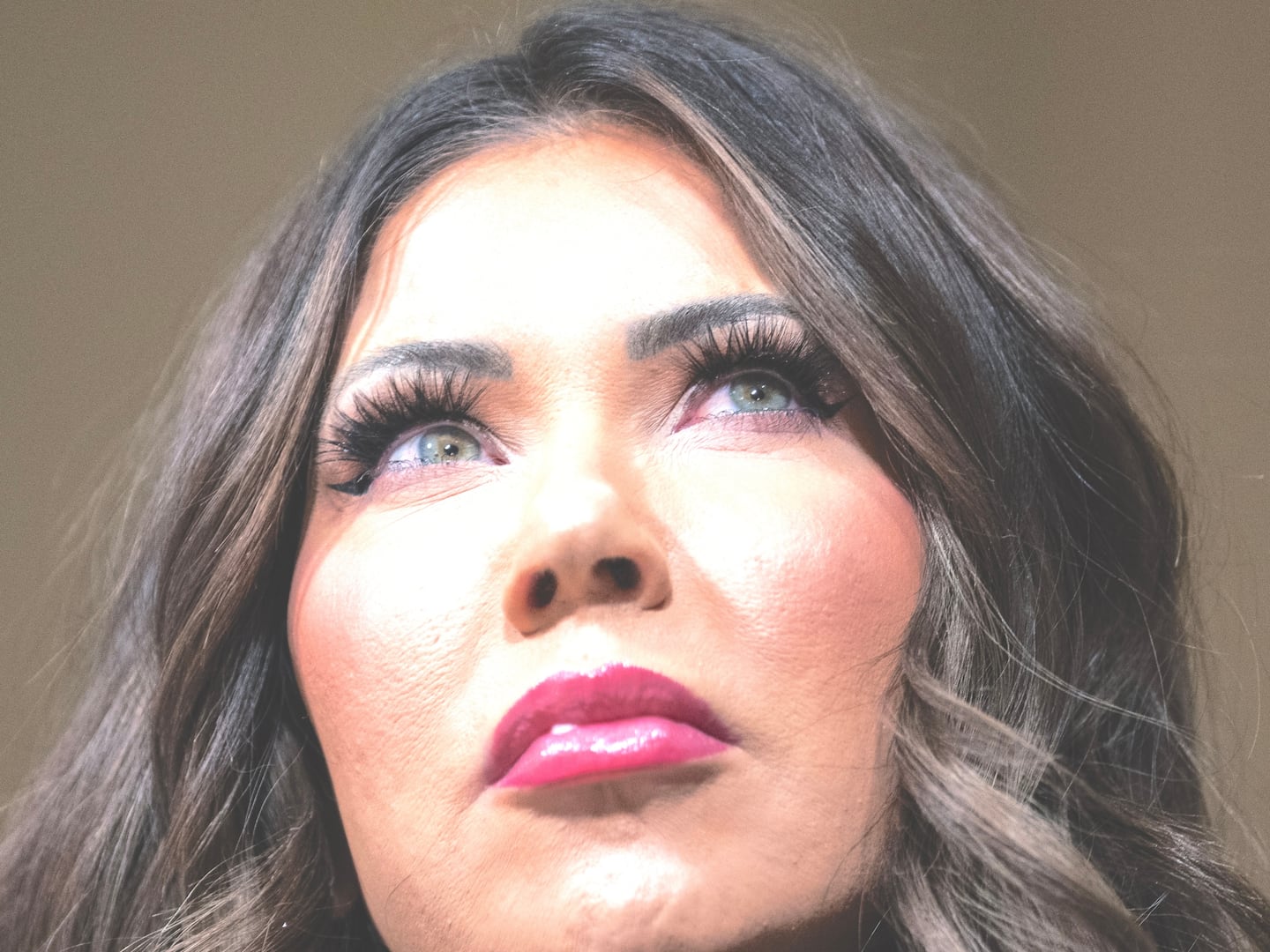Anti-Brett Kavanaugh protesters are a “mob.” They’re “angry leftists,” “crazy,” and “bullies.” That’s according to prominent Republicans, who’ve spent the past month attacking liberal protesters with a zeal previously reserved for anti-fascist demonstrators.
Republican Sens. Chuck Grassley, Mitch McConnell, and John Cornyn last week accused protesters of being a “mob.” President Donald Trump went further, calling the peaceful demonstrations against his Supreme Court nominee “dangerous,” likening them to arsonists and suggesting their protests should be illegal. Those aren’t empty threats: radical left activists have spent the past two years fighting court battles over protests the right also condemned as dangerous mobs. Now that language, and the legal threats that go with it, are coming for the broader left, like the liberal demonstrators on Capitol Hill last week.
It wasn’t always like this, though.
In the first 24 hours of Trump’s presidency, two successive protests in Washington, D.C., met markedly different police responses. The first, attended by a coalition of leftist and anti-fascist activists, resulted in hundreds of arrests and a year of failed prosecutions, during which government attorneys conjured images of a dangerous mob. The second, the Women's March, saw thousands of anti-Trump demonstrators, but no arrests.
What followed was an impromptu public reckoning on acceptable forms of protest. Cast as pink-hatted and peaceful, the Women’s March was the good protest, commentators declared; even Trump, the subject of the protest, tweeted his support for the marchers’ right to demonstrate. Meanwhile the J20 defendants (as people arrested at the first march became known) found themselves with few center-left allies as prosecutors smeared them as a “sea of black masks.”
But now a larger, less radical set of protesters are coming under similar fire.
“They have encouraged mob rule,” Republican Sen. Chuck Grassley accused of Democrats on Friday.
"We will not be bullied by the screams of paid protesters and name-calling by the mob,” Republican Sen. John Cornyn said of anti-Kavanaugh protesters the same day.
“You don’t hand matches to an arsonist, and you don’t give power to an angry left-wing mob,” Trump tweeted Saturday. “Democrats have become too EXTREME and TOO DANGEROUS to govern. Republicans believe in the rule of law - not the rule of the mob. VOTE REPUBLICAN!”
They were responding to demonstrations in D.C., where protesters denounced Kavanaugh for his alleged sexual misconduct and his far-right judicial record. The crowd looked like the Women’s March: peaceful and predominantly female. At the time, Republicans were saving the “mob” rhetoric for the radical left, including the J20 marchers, some of whom were accused of breaking windows at their demonstration.
The J20 demonstrators weren't just called a mob; they were treated like one. Before their march, police and far-right groups like the Oath Keepers and Project Veritas infiltrated activists’ ranks. During the march, police fired tear gas and stun grenades, swept more than 200 people into a mass arrest, and allegedly sexually assaulted several. During prosecution, government attorneys leaned on scaremongering images of a black-clad march, and played on public misconceptions about anti-fascists (commonly known as antifa), accusing them of acting like a violent gang.
The J20 trials, which resulted in no convictions, were a grim warning of how aggressively the Trump administration might prosecute protesters, even if the case was legally shaky.
“The legal process itself is a punishment,” J20 defendant Dylan Petrohilos tweeted in January. “For many #j20 defendants relationships have been strained, people have been isolated, and some have not been able to find stable employment. All because of a participation in a protest.”
At that point, he’d been awaiting trial for nearly a year, over a protest he said he never actually attended. (He was accused of helping organizing the event, and was arrested at his home after the march.) For all the indignity of his and other J20 defendants’ cases—their homes raided, their phones hacked on prosecutors’ orders, their wallets emptied for legal fees—the case generated limited sympathy from commentators who typically opine on “free speech” issues. After all, these were the “bad” protesters, the “mob,” the “angry leftists.”
Less than two years after Trump’s inauguration, Republicans are applying those labels more liberally.
Mark Bray, a Dartmouth College lecturer and author of Antifa: The Anti-Fascist Handbook, said the J20 prosecutions were a warning sign.
“It’s worth looking at J20 as a kind of canary in the coal mine, because when you have Trump talking essentially about how protest is problematic in and of itself, the lesson to be learned is to see this good-protester/bad-protester dichotomy as constantly in flux, and constantly moving,” Bray said.
“The people who think they’re on the ‘good’ side of it one day may find themselves on the ‘bad’ side the next day. It’s all well and good to debate what kinds of tactics to employ, but it’s also important to recognize how this kind of divide-and-conquer strategy is potentially used and increasingly used to clamp down on dissent writ large.”
After anti-Kavanaugh demonstrations last month, Trump suggested criminalizing protest altogether.
“I don’t know why they don’t take care of a situation like that... I think it’s embarrassing for the country to allow protesters,” he said of anti-Kavanaugh protesters in September. “You don’t even know what side the protesters are on… In the old days, we used to throw them out. Today, I guess they just keep screaming.”
Other Republicans have tried to tar their centrist Democrat foes with anti-fascists. Corey Stewart, an alt-right-backed Republican running against Sen. Tim Kaine in Virginia, tweeted a picture of Kaine with “ANTIFA” photoshopped against his forehead in August.
The tactic isn’t surprising, Bray said.
“If you look at Republican and far-right talking points about any kind of radical left protest movement of the last few decades, there’s always an effort to link them to the Democratic Party and leadership,” Bray told The Daily Beast. “The goal is to encourage voters to conclude that, when you see antifa, you see Nancy Pelosi. When you see anarchist black bloc, you see Chuck Schumer. The Republicans are usually never interested in radical left protests, per se, but rather in using them to demonize the Democratic Party and portray them as being ultra-left.”
Bray wasn’t exaggerating. In September the GOP released an video titled “The Left Is Crazytown,” which featured Democrats in Congress making banal statements in favor of protest. The ad includes a clip of Rep. Nancy Pelosi wondering why “there aren’t uprisings all over the country” (she had been addressing the separation of immigrant children from their families), and cuts to footage of J20 demonstrators vandalizing a bank.
Campaigns like these are meant to invoke fear.
“It’s aimed at firing up Fox viewers and the more strident elements of Trump’s base; it’s fear-mongering,” John Weaver, a Republican strategist and Trump critic, told The Washington Post of the GOP talking point. “I’m sure there is some little old lady in Iowa who now keeps her doors locked because she thinks there’s going to be some anarchist mob coming through Davenport.”
The rise of a more mainstream protest movement, much of it organized by liberal women, means another tug-of-war over the boundaries of acceptable protest, Bray said.
“Now the center of gravity of where the good-protester/bad-protester dichotomy is is shifting,” he said, “to the point where it’s not just conversation being had at the margins of the left over ‘is it okay to break a window.’ It’s moved into ‘is it okay to confront Ted Cruz at a restaurant, yell at Ivanka Trump on an airplane, to get in the face of senators who are deciding whether or not to vote for Brett Kavanaugh?’”

